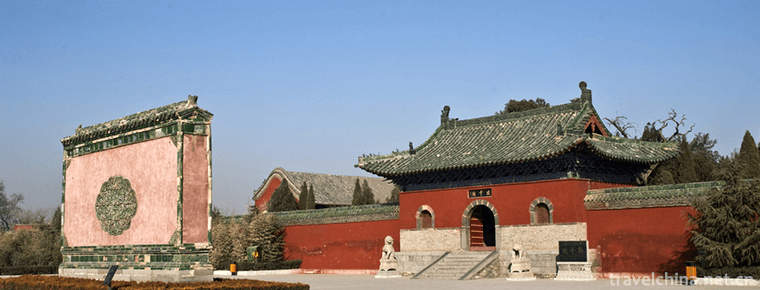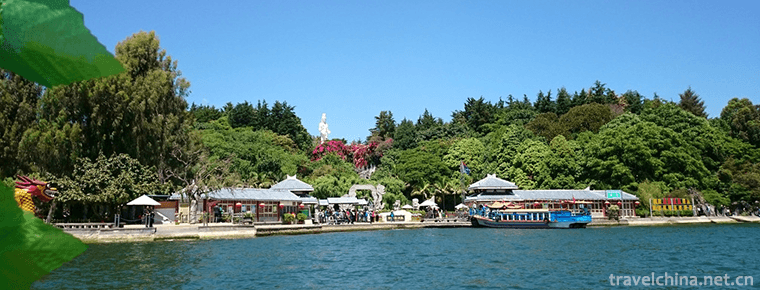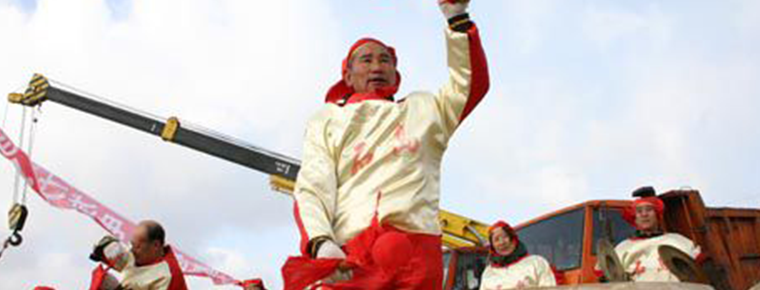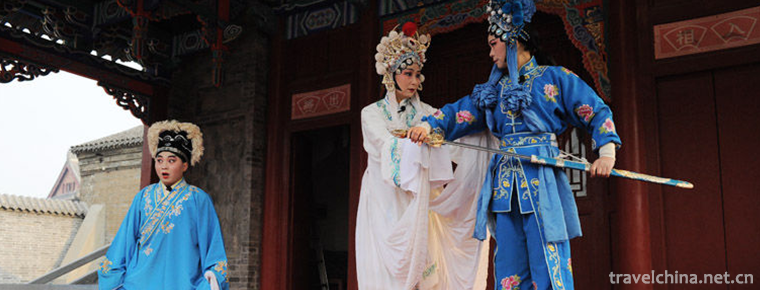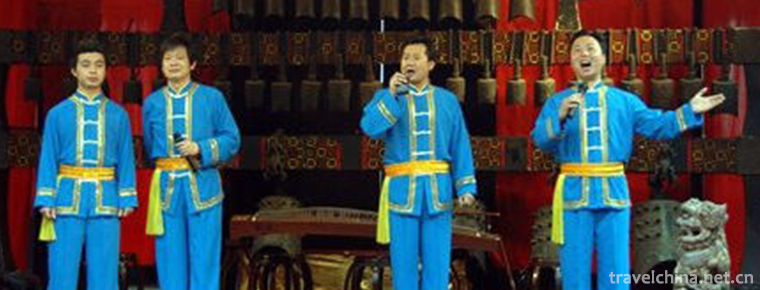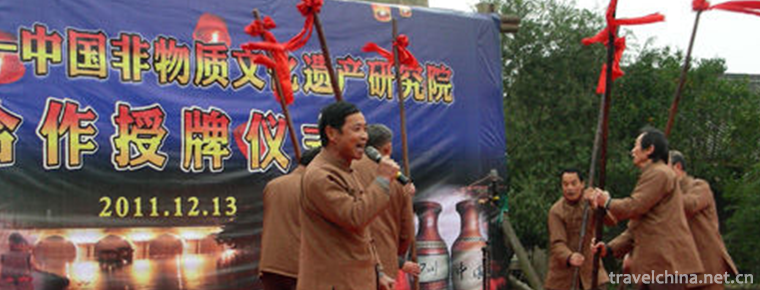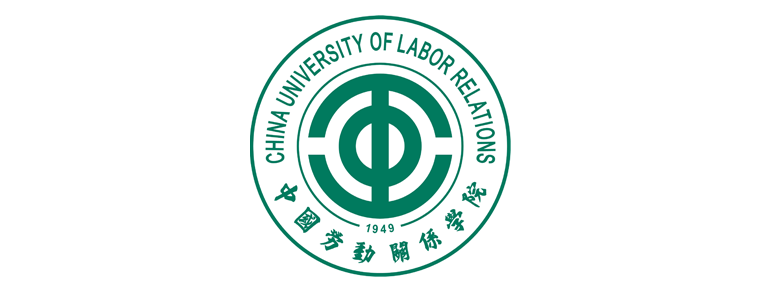Making Skill of Roe Skin of Oroqen Nationality
Making Skill of Roe Skin of Oroqen Nationality
The Oroqen nationality is one of the minorities with the smallest population in Northeast China. Because of the influence of living environment and customs, people of the Oroqen nationality use animal skins to make costumes. The skill of making roe skins of the Oroqen nationality is the unique cultural manifestation of the Oroqen Nationality under the specific physical and geographical conditions.
The skill of making roe skin of Oroqen nationality reflects the way of hunting, production and life of Oroqen people. They use the remaining roe skin from hunting widely in production and life: roe skin quilt, roe skin coat, roe skin gloves, roe horn cap, trousers and boots, etc. They are especially suitable for the long and cold winter in the north and the whole year of Oroqen people. The hunting life of climbing mountains and traversing forests.
Oroqen costumes are mainly gown-style, and different clothes are worn in different seasons, mainly leather gowns, leather jackets, leather trousers, leather pants, boots, leather socks, leather caps, leather gloves, leather aprons, leather shoulders and so on. Their production methods and materials are also different. The leather gown worn in winter, the Oroqen language "Suen", is made of the roe skin captured in winter. In this season, the roe skin is long and thick, and it is especially warm to wear. Summer clothes are made of thin, short-haired red bars. Oroqen is called "Gulami", and they are also made of shaved roe skin. The clothes worn in spring and autumn are made of short roe skin in autumn. The Oroqen language is called "Kagemona".
Leather pants, Oroqen language "Ehereki". Leather pants are usually made of three pieces of roe skin in autumn and winter. They are only below the knee and cut through the lower half of the pants. The trousers have no waist and crotch, only two horseshoe-shaped trousers legs, which are tied to the belt with leather rope. When men hunt and women cut firewood, they are used to wearing it, which not only keeps warm, but also protects the pants inside. It is also very convenient to move. Men and women are different, with the changes of the times, the length of slightly changed.
The roe-headed hat, or roe-headed hat, in Oroqen, is called "Mitaha". It is sewn from the whole roe-headed skin, and even the ears, eyes and nose of the roe-headed hat should be preserved. Some even left two corners behind. Wearing this kind of hat is both warm and chic, and men like to wear it most. This is also the representative costume of Oroqen which is different from other minority nationalities. Wearing this kind of hat can disguise and deceive the beast.
In addition, the Oroqen people wear roe leather shoes called "Chihami", socks made of roe leather called "Doctor Turn", gloves called "Kaohu Road", quilts made of roe skin called "Nanaura", and roe leg leather mattresses called "Oshaketun".
In a word, roe skin products are indispensable for Oroqen people's production and daily necessities. The skills and products of roe skin making have become the carrier of hunting culture. This is a history book without words. It reflects the outlook on life, aesthetics and religious ideas of the Oroqen people, and is an important basis for the study of the Oroqen national culture.
In 2008, Oroqen Autonomous Banner of Inner Mongolia Autonomous Region and Erhui District of Heihe City of Heilongjiang Province declared that the production techniques of Oroqen roe were included in the second batch of national intangible cultural heritage protection list.

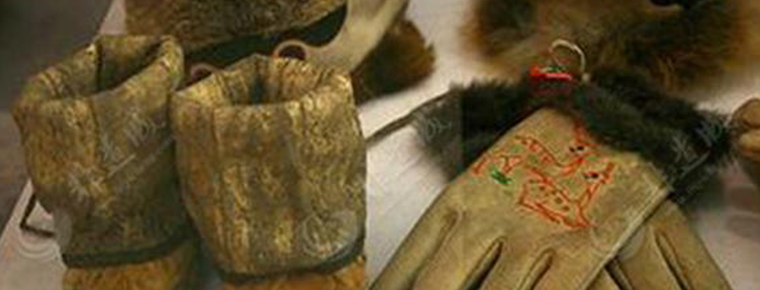
Making Skill of Roe Skin of Oroqen Nationality
-
Bigan Temple
Bigan Temple, located in Weihui, Henan Province, is one of the most important temple-tomb complex. It is the first temple in China with tomb-worshippers, known as "the first temple in the world&a
Views: 188 Time 2019-01-02 -
Nanzhao Custom Island Dali
Nanzhao Custom Island in Dali is one of the three islands in Erhai Lake, located in Shuanglang Township at the southeast end of Eryuan County, the golden section of Cang Er National Scenic Area
Views: 174 Time 2019-01-06 -
Jiaodong drum
Jiaodong Drum is a folk folk folk art form which originated in the coastal counties of Jiaodong Peninsula. It has a history of more than 260 years so far. It originated from the blind
Views: 334 Time 2019-05-06 -
Violin Opera
Violin opera, originally a flower-drum opera in Yueyang, Hunan Province, spread to Chongyang, Tongcheng and other places around the end of the Qing Dynasty and renamed "Violin Opera", is a u
Views: 177 Time 2019-06-19 -
Xiushan Folk Song
Xiushan folk song is the folk song of Xiushan Tujia and Miao Autonomous County. Folk songs are closely related to the people's lives of all ethnic groups in Xiushan. Through compiling folk songs, the
Views: 134 Time 2019-07-08 -
Make a chant
Bamboo and hemp trumpet is a traditional folk song of Qionglai City, Sichuan Province. It belongs to a kind of labor trumpet sung by local papermaking workers when playing bamboo and hemp. It is mainl
Views: 160 Time 2019-08-03 -
Anhui University Of Science & Technology(aust)
Anhui University Of Science And Technology is located in Anhui province. Huainan City Yes. Anhui higher education revitalization program Local characteristics High level University Construction, proje
Views: 559 Time 2019-10-10 -
Bengbu University
Bengbu College (Bengbu University) is a state governed country. Ministry of Education The approved one is mainly work oriented, with a coordinated development of engineering, science, management, lite
Views: 174 Time 2019-11-07 -
China University of Labor Relations
China Institute of Industrial Relations (China University of Labor Relations) All China Federation of trade unions Ordinary Institutions of higher learning It is jointly built by the all China Federat
Views: 170 Time 2019-12-20 -
Meishan secondary industry
By the end of 2019, there were 596 Industrial Enterprises above Designated Size, and the added value of industries above designated size increased by 9.8%. In the whole year, 82 kinds of products from industries above Designated Size participated in the statistics,
Views: 327 Time 2020-12-18 -
Meishan Education
By the end of 2019, there are 824 schools of various types, including 435 kindergartens, 176 primary schools, 165 junior high schools, 26 senior high schools, 17 secondary vocational schools and 5 special schools. By the end of the year, there were 397900 students
Views: 172 Time 2020-12-18 -
Dazhou culture
Baqu culture refers to the fact that Dazhou city is located in Bashan canal and belongs to Badi in ancient times. The chapter of Baqu customs is listed in the ancient book Taiping Huanyu Ji thousands of years ago; the second refers to the unique cultur
Views: 377 Time 2020-12-20
